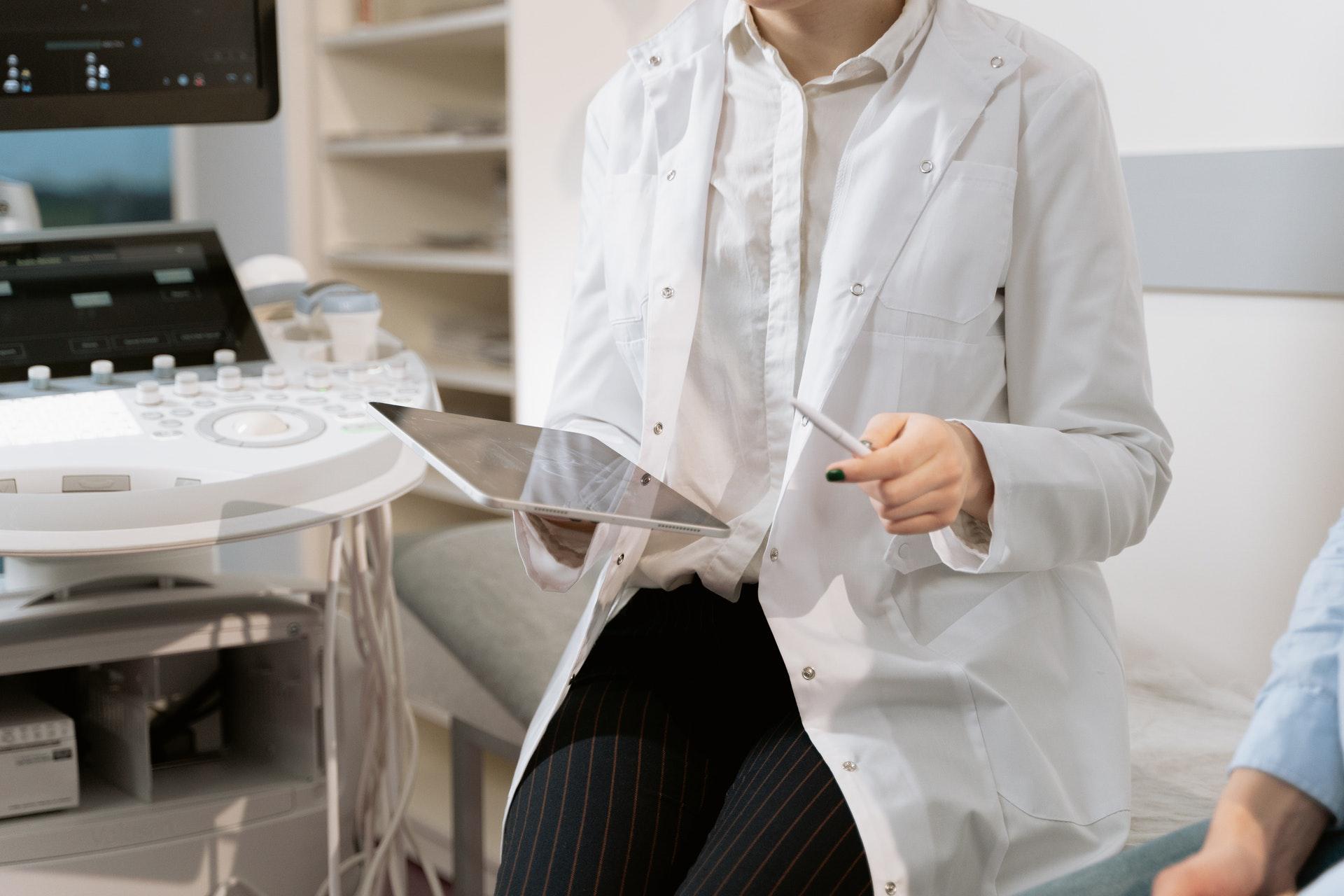*This text has been written based on the information received from health institutions and organizations, hospitals and health professionals. If you or someone you know has any of the symptoms described here, our recommendation is to seek medical attention as soon as possible.
Excessive pain and abnormal flow of bleeding during menstruation. These are two of the most common symptoms of the disease. endometriosisIt is a health issue that particularly affects the health of cisgender women and trans men worldwide.
It is not known for sure, but estimates suggest that between 7 and 8 million women in Brazil suffer from the condition. The number of diagnoses may be low due to lack of information. Better understand the symptoms of this disease and what treatment options are available to patients.
The endometrium is the tissue that covers the uterus. It thickens, breaks down, and is eliminated during menstruation with each menstrual cycle. However, in some cases, it cannot find its way out of the body.
This condition is characteristic of endometriosis, an inflammation that pushes tissue through the body and can eventually fall into the ovaries or abdominal cavity, causing pain and bleeding.
Causes of endometriosis
The exact cause of the disease is unknown. Experts believe the condition may be caused by a combination of several risk factors.
One of the main conditions associated with endometriosis is retrograde menstruation, in which menstrual blood flows backwards from the fallopian tubes to the ovaries. The blood fluid carries endometrial cells that attach to the walls of other organs causing inflammation that will cause bleeding during menstrual cycles.
It is also believed that the disease may be caused by hormonal and immunological factors that can promote the transformation of other cells, such as embryonic or peritoneal, into endometrial units.

The problem can also arise from autoimmune conditions, where the body begins to recognize the tissue as harmful and the body’s own defense system attacks these cells.
There are also cases where endometriosis develops after surgeries such as cesarean section or hysterectomy – removal of the uterus. In these cases, the endometrium may adhere to the incision or wound area, causing inflammation.
Endometriosis symptoms and diagnosis
Those suffering from the disease experience cramps during their menstrual periods, which can be very strong and even disabling. Pain during sexual intercourse, bleeding during menstruation and infertility are also common symptoms of the problem.
If left unchecked, endometriosis can progress and affect other organs in the pelvis. One of the most common complications is the appearance of a cyst called an endometrioma in the ovaries, which can compromise a woman’s ability to become pregnant.
Another concern patients should be aware of is the possibility of developing ovarian cancer. Although rare, the numbers show that this condition is higher in people with endometriosis than in healthy people.

It is essential for all women to consult a doctor in case of any sign of pain during the menstrual period. Early diagnosis of the disease can make a difference in treatment outcomes and prevent the condition from developing.
The first step towards diagnosis is gynecological examination. To confirm the condition, the specialist may also order laboratory tests such as laparoscopy, ultrasound, MRI or blood tests. However, it is essential to do a tissue biopsy to confirm the disease.
Treatment
There is no cure for endometriosis, but the symptoms of the disease can be controlled. One of the most important steps is food control, as inflammatory foods can promote the condition.
The gynecologist may prescribe pain relievers such as ibuprofen and acetaminophen to control pain, and birth control pills to regulate menstrual periods. Since this situation creates sensitivity in many patients, psychological help may also be important.
Some patients may use medication to stop menstruation, and severe cases may require surgery to remove large lesions.

Removal of the ovaries and uterus is also a treatment option, but this intervention prevents the patient from getting pregnant and is therefore usually only performed in severe and advanced cases of the disease or in people who do not want to have children.
During menopause, it is normal for the condition to decrease significantly in severity as menstrual cycles are interrupted.
Endometriosis is a serious health problem that can progress to complications such as infertility and cancer. But with a prompt diagnosis and access to adequate treatment, it is possible to live with it and still have a good quality of life.
Source: Tec Mundo
I am Bret Jackson, a professional journalist and author for Gadget Onus, where I specialize in writing about the gaming industry. With over 6 years of experience in my field, I have built up an extensive portfolio that ranges from reviews to interviews with top figures within the industry. My work has been featured on various news sites, providing readers with insightful analysis regarding the current state of gaming culture.













